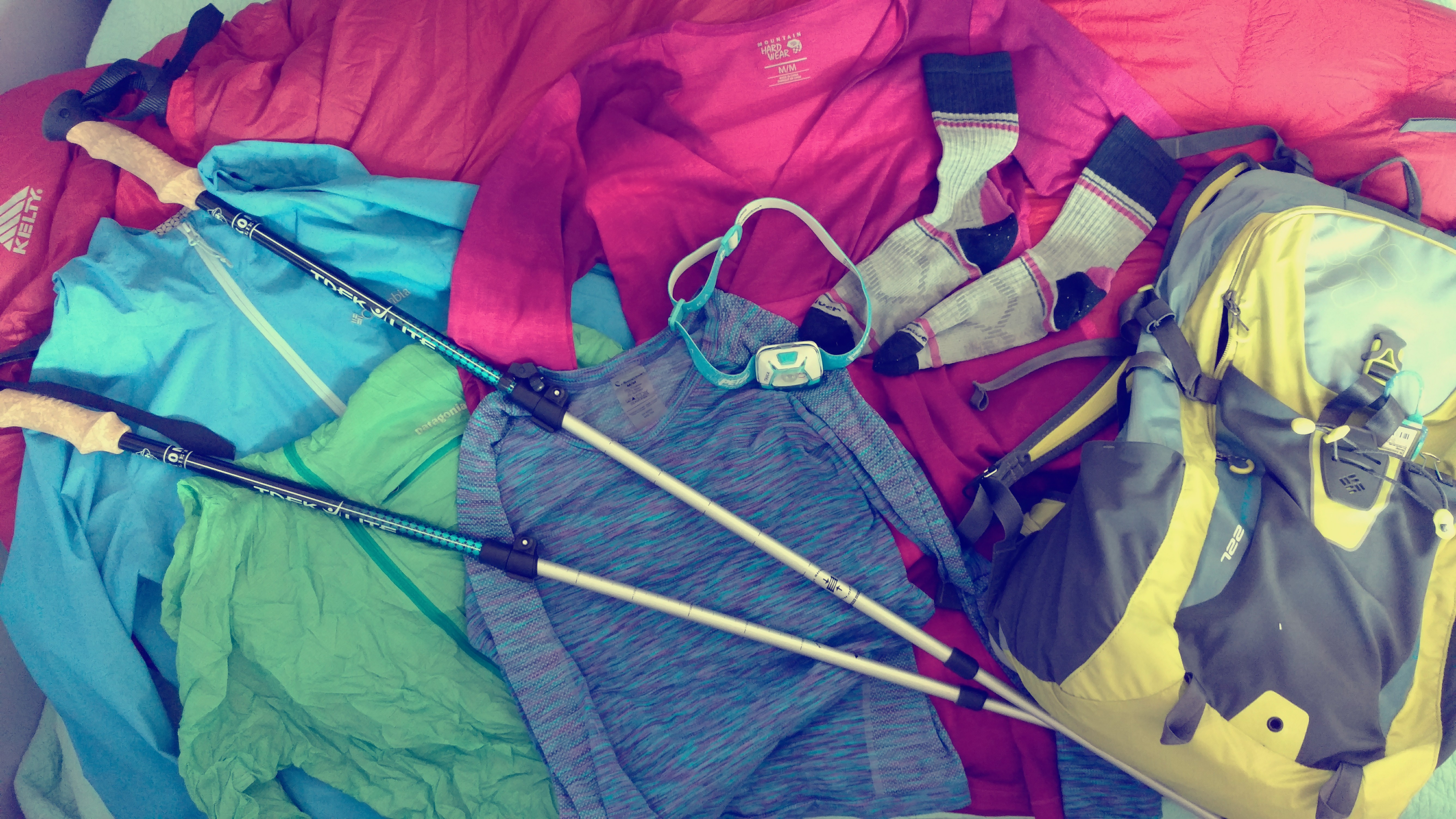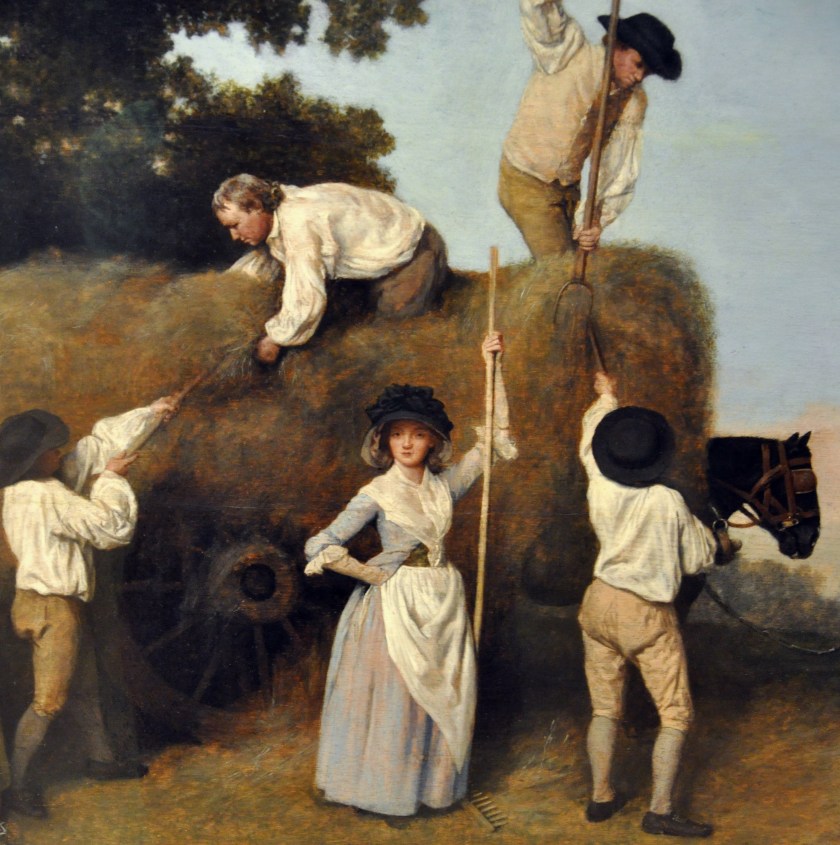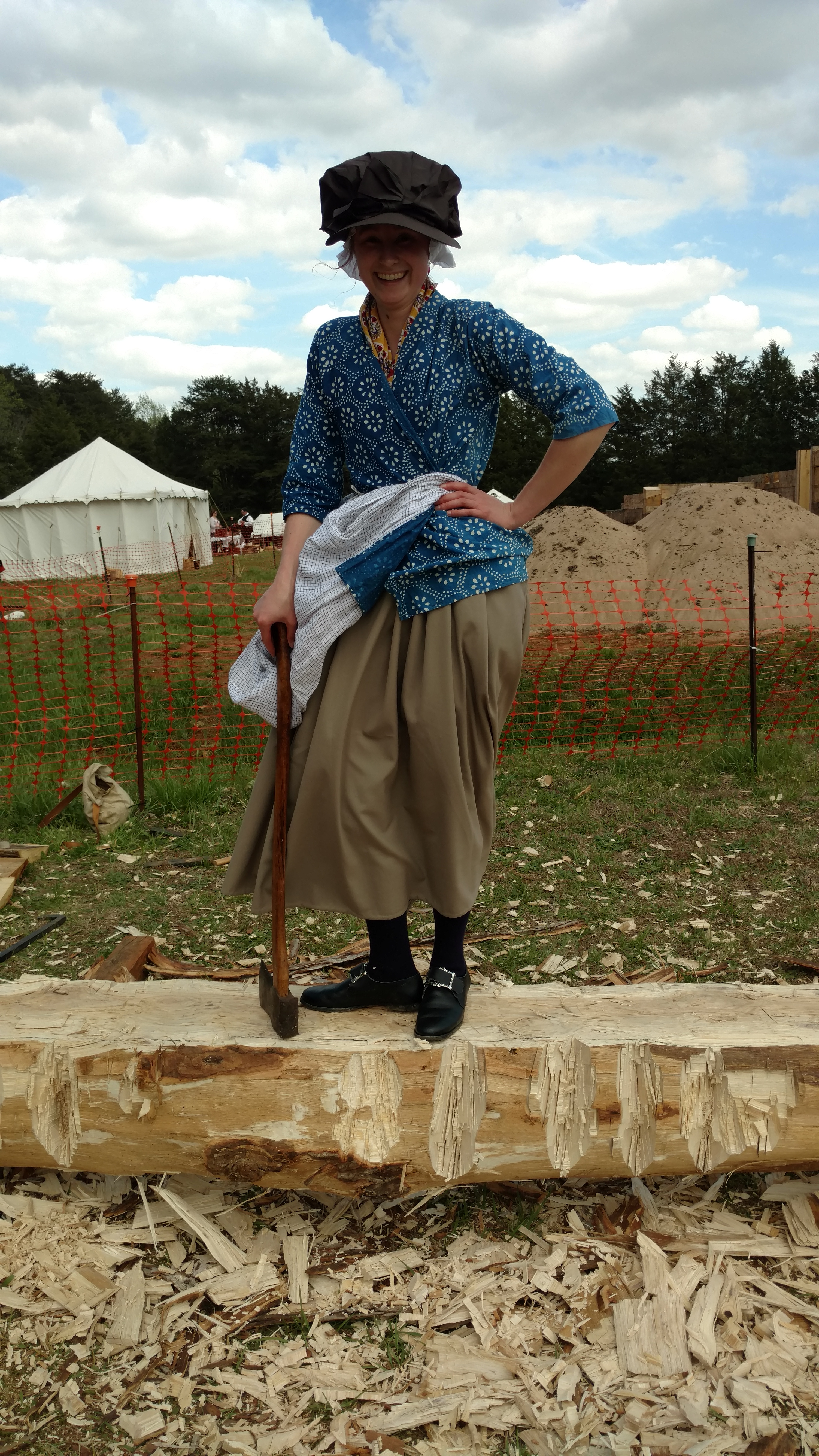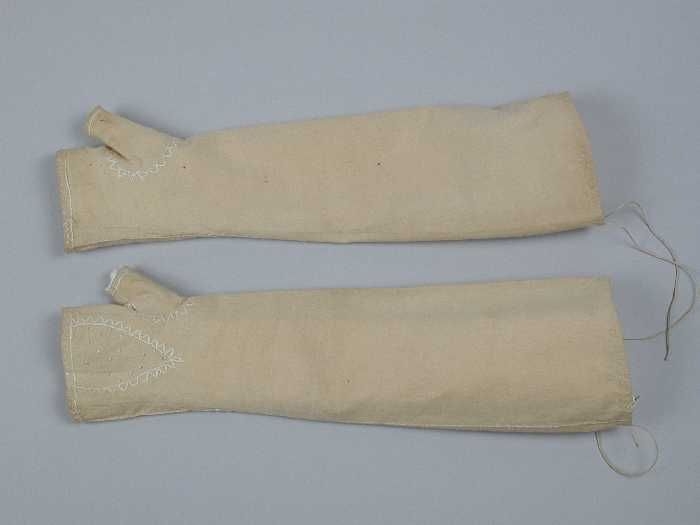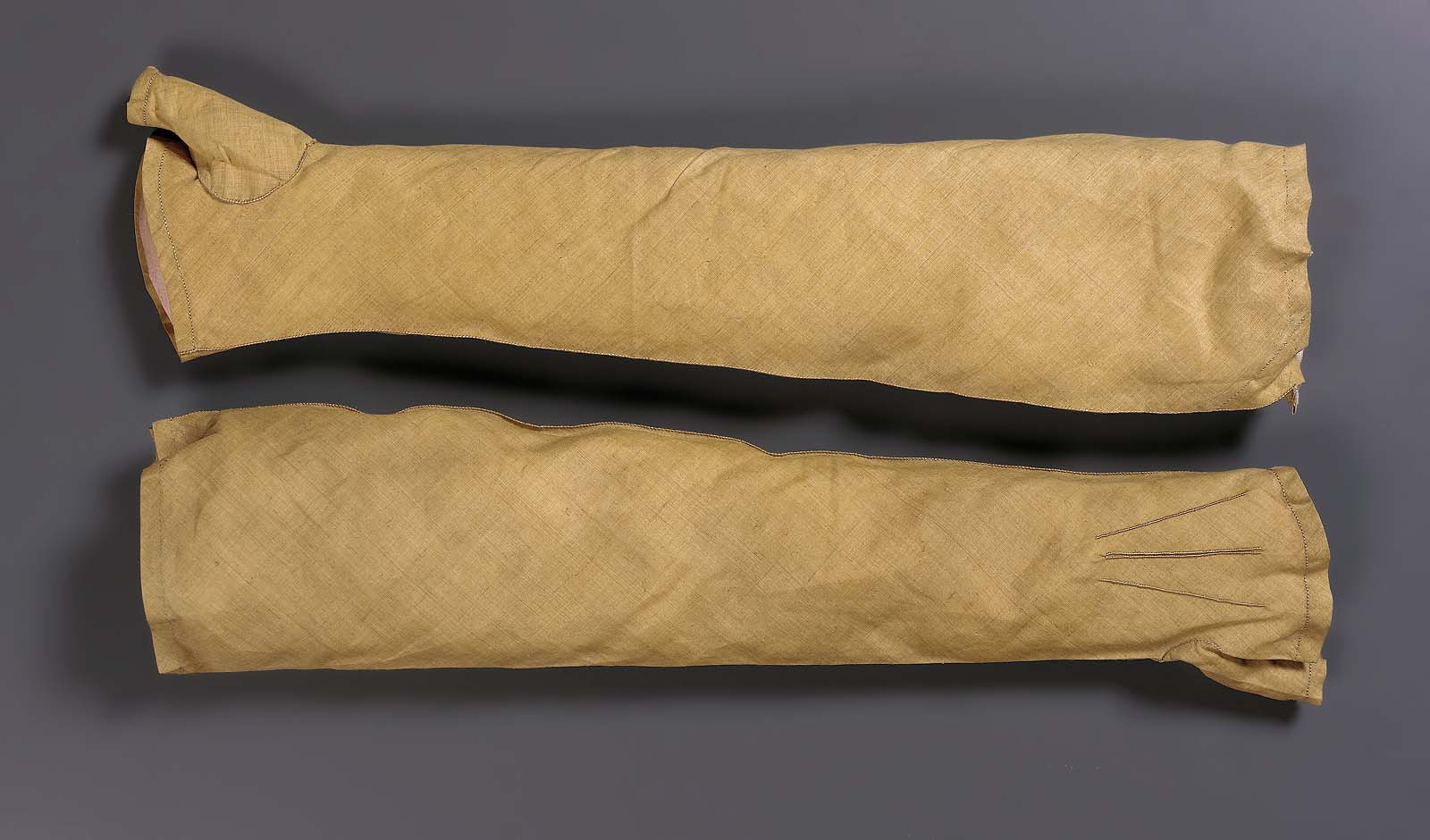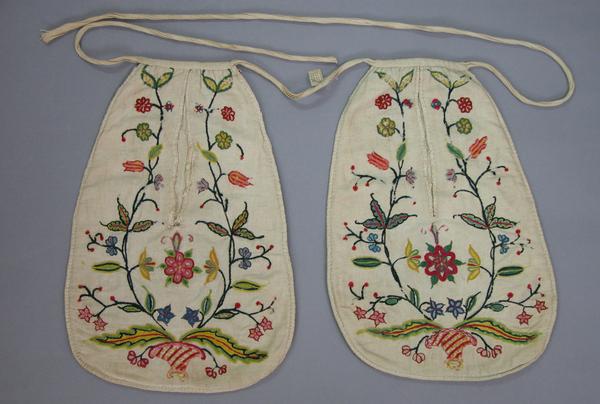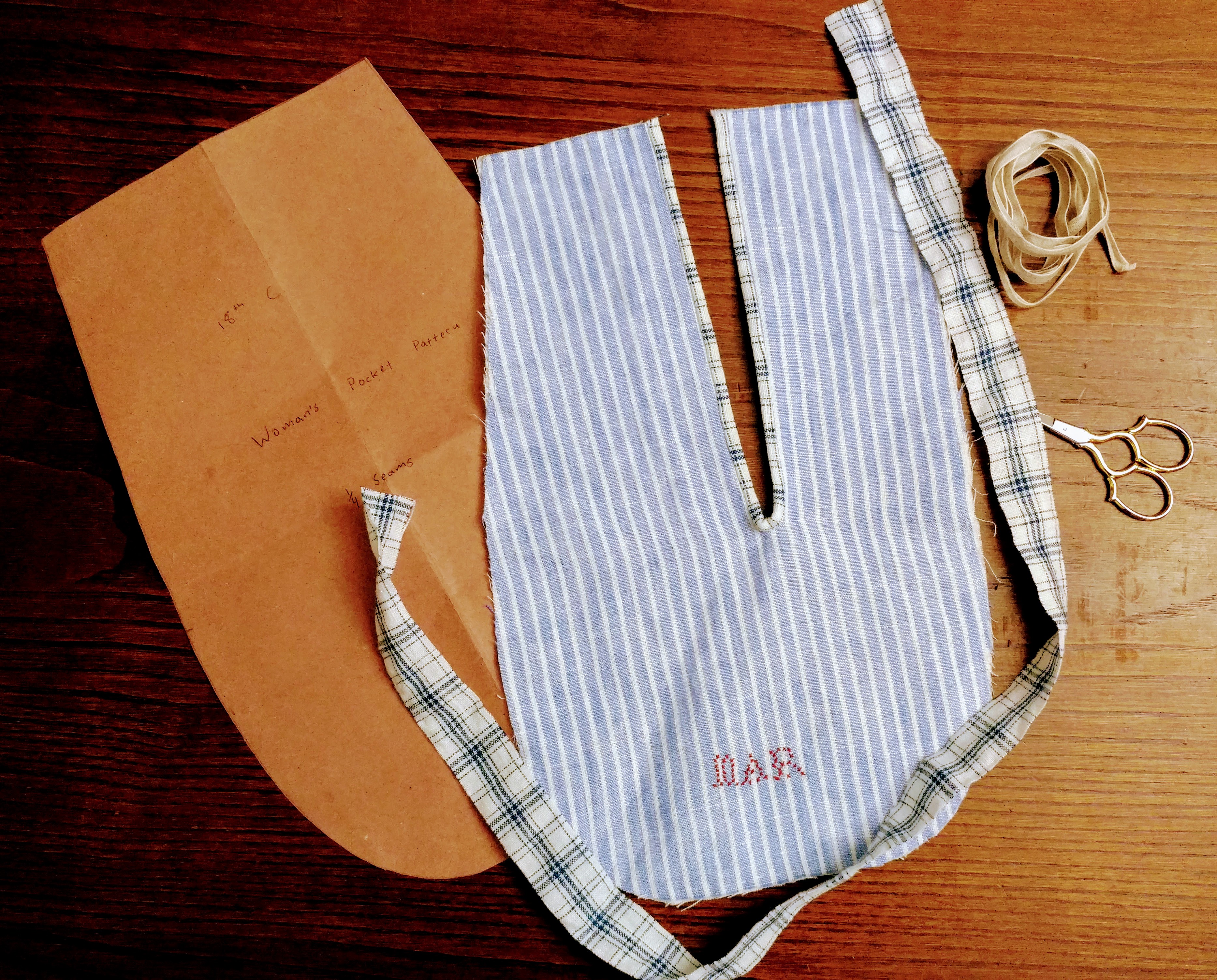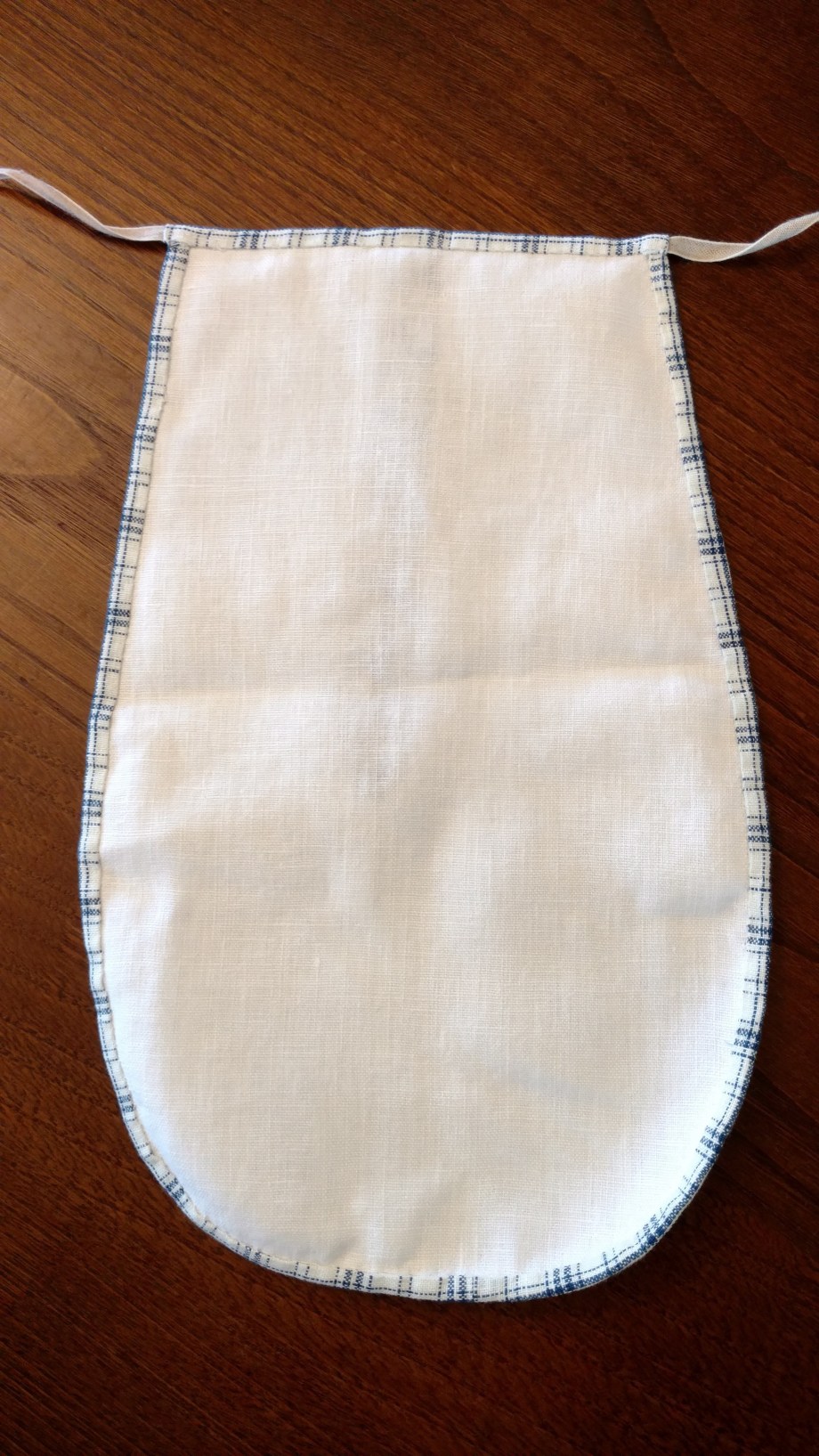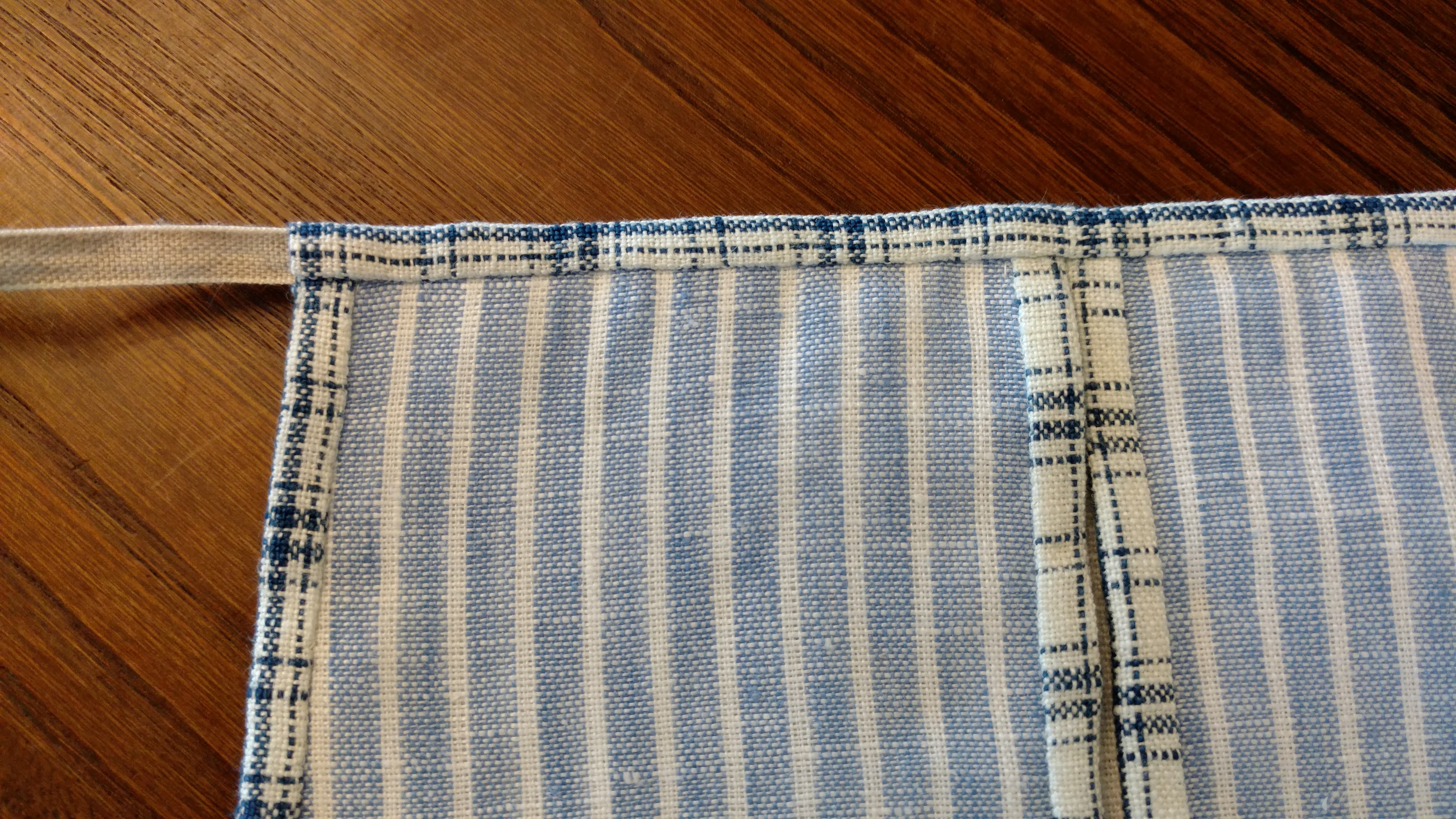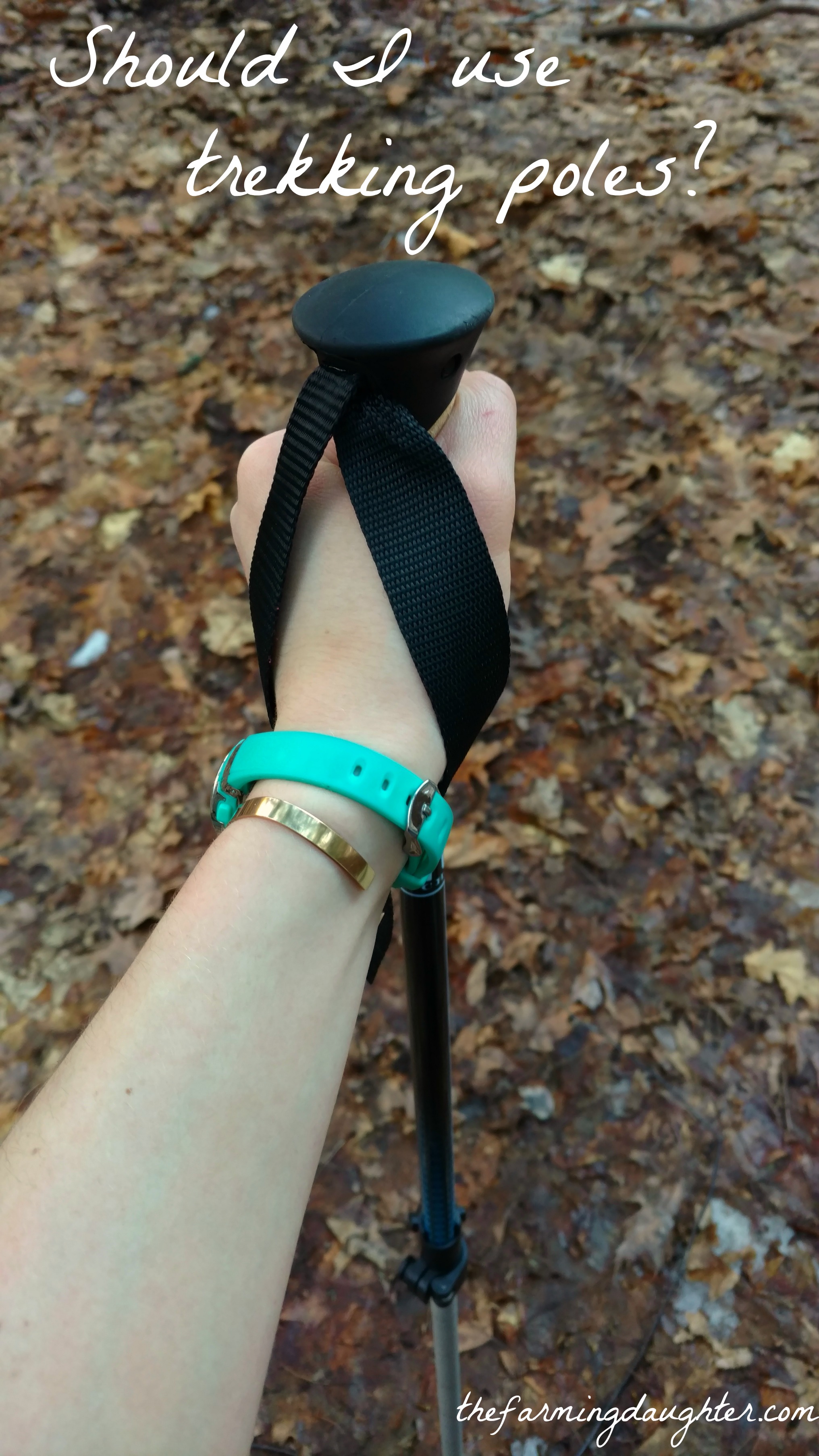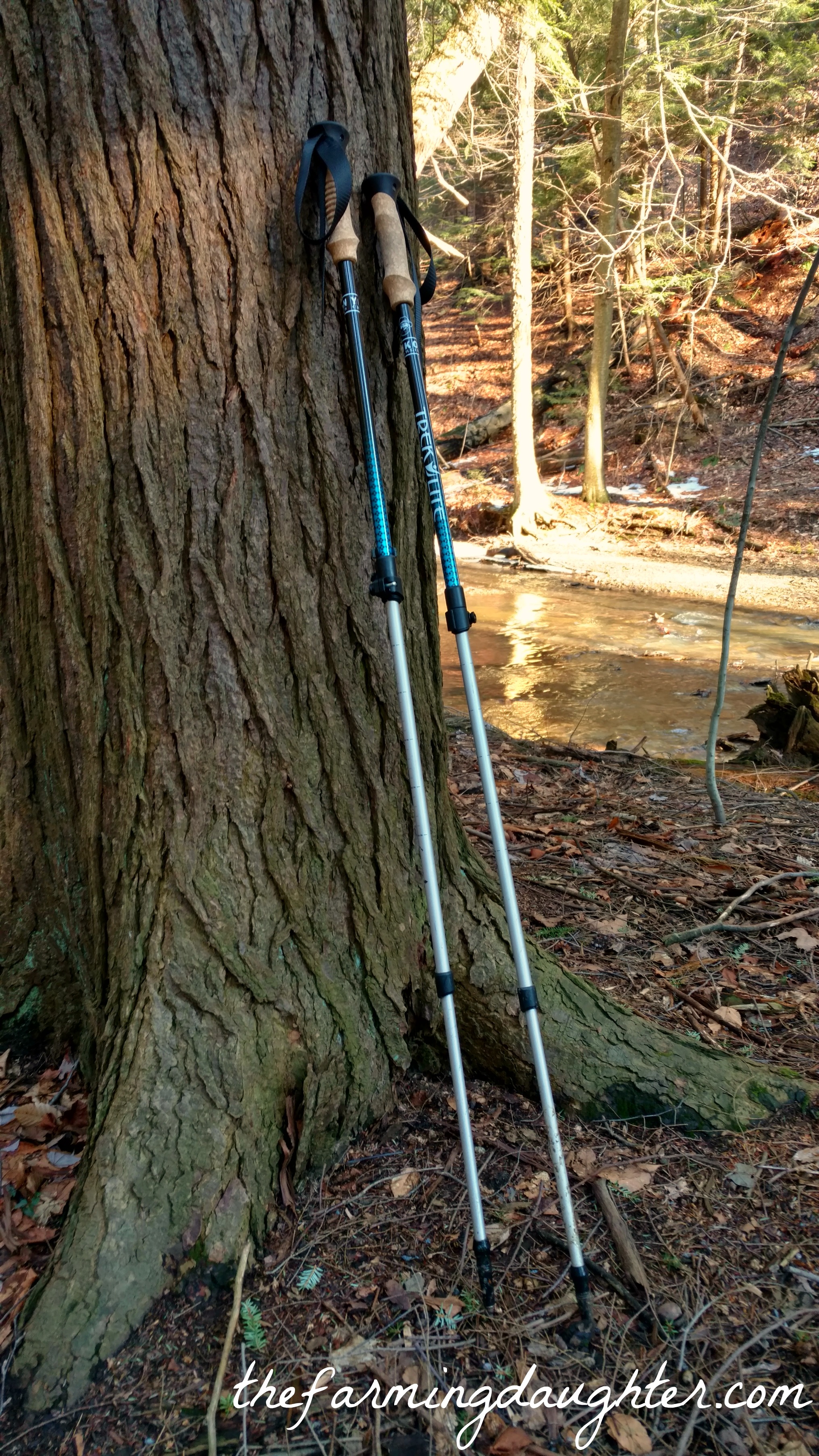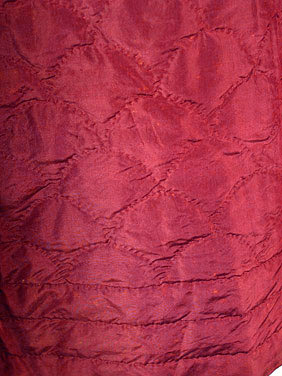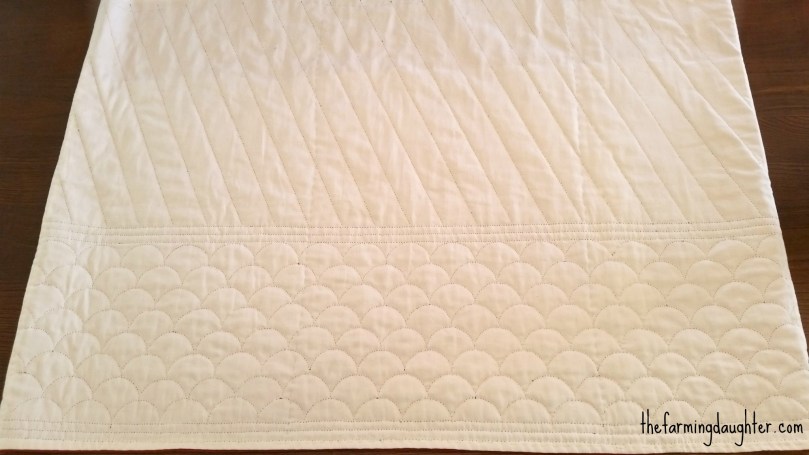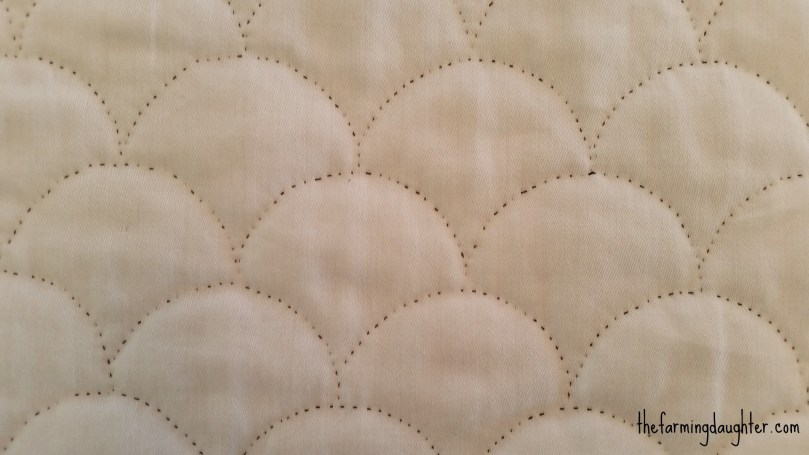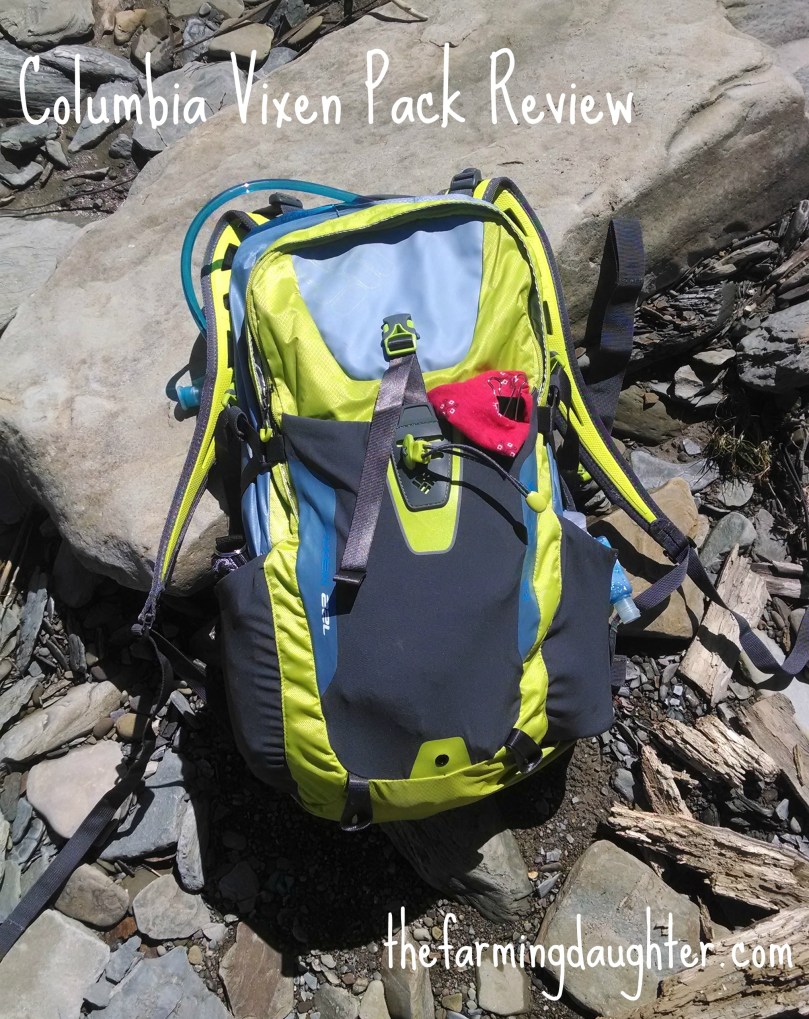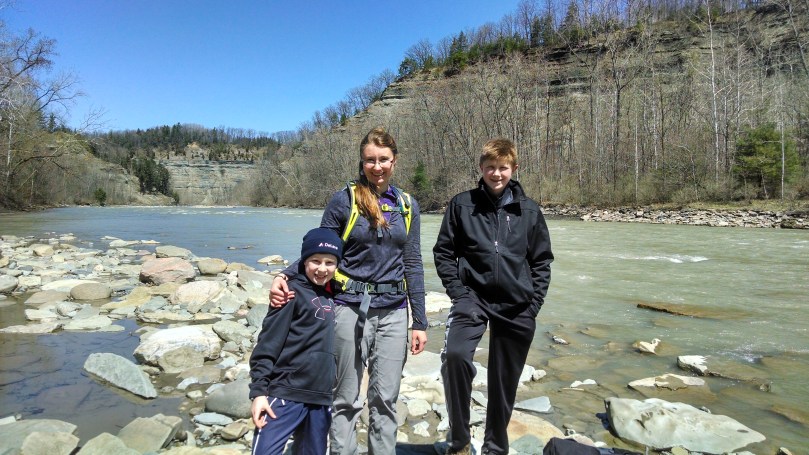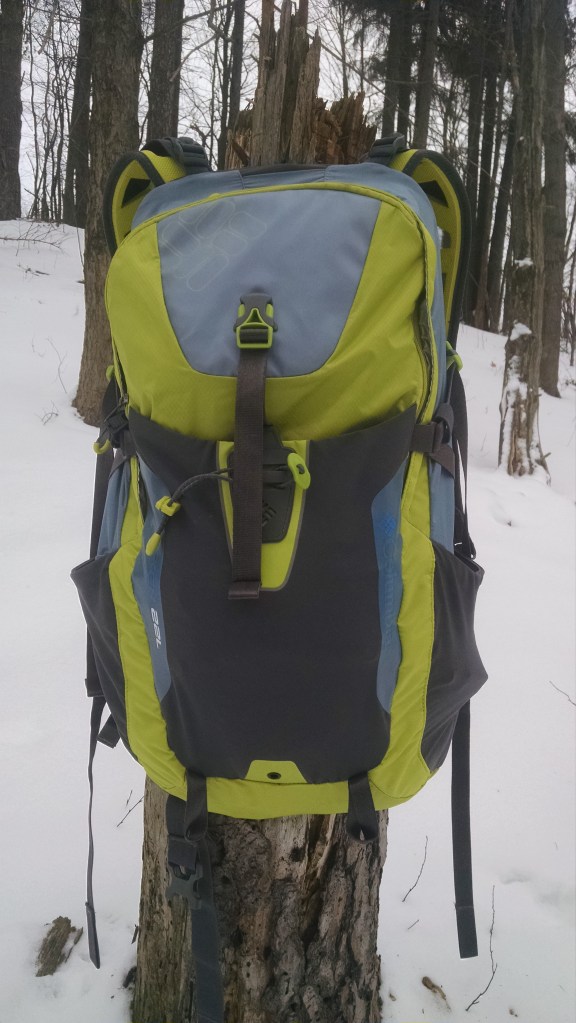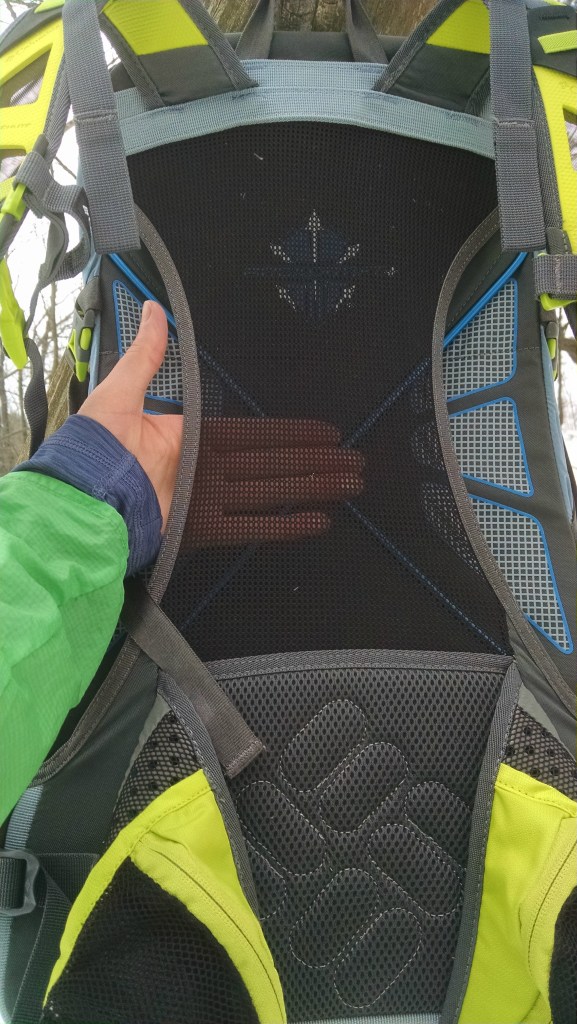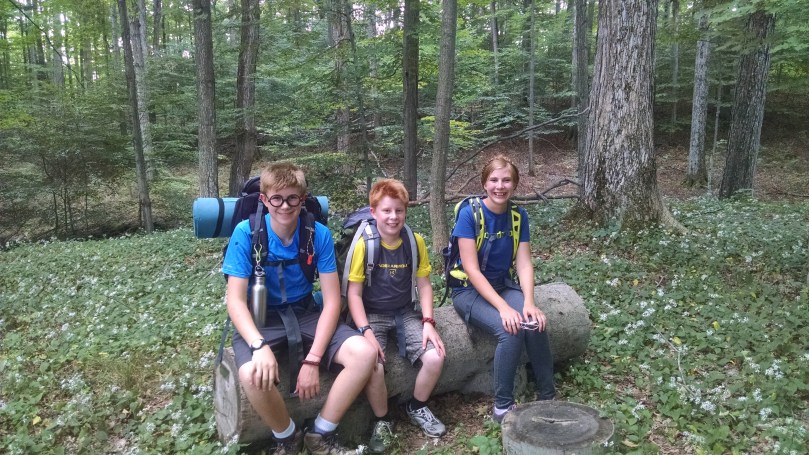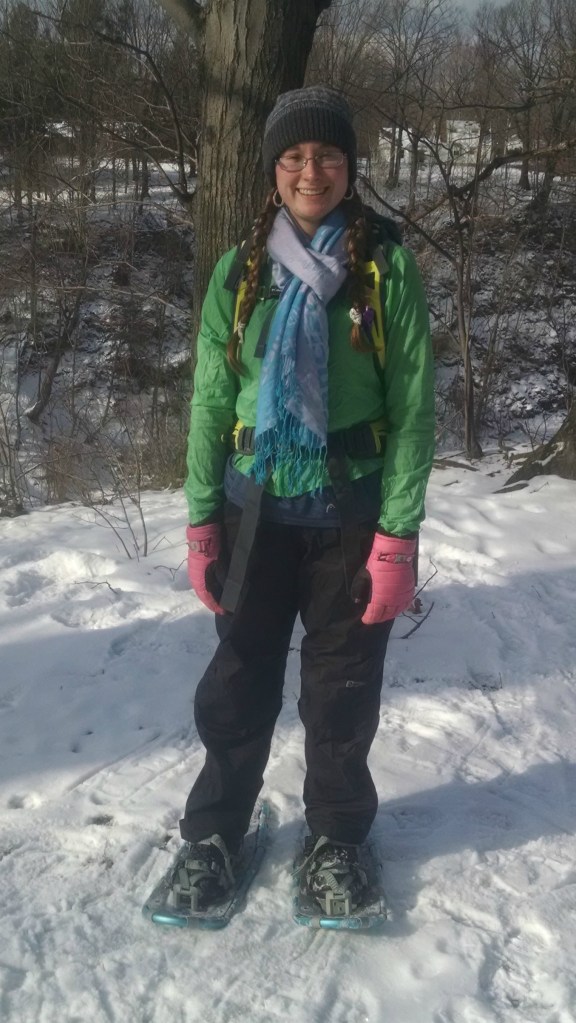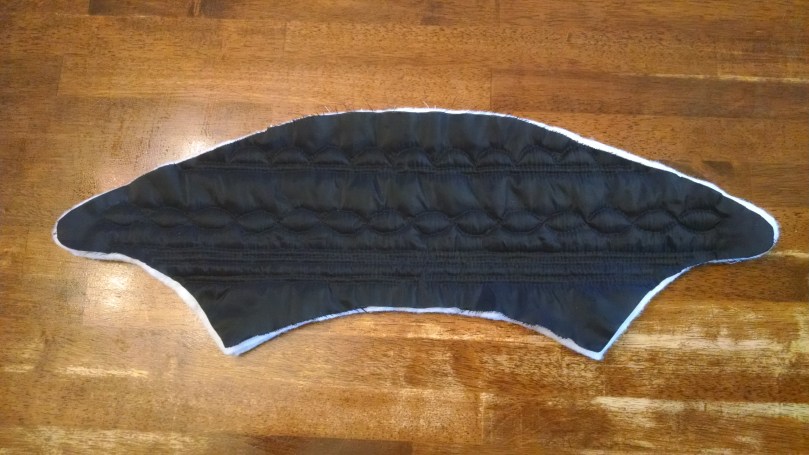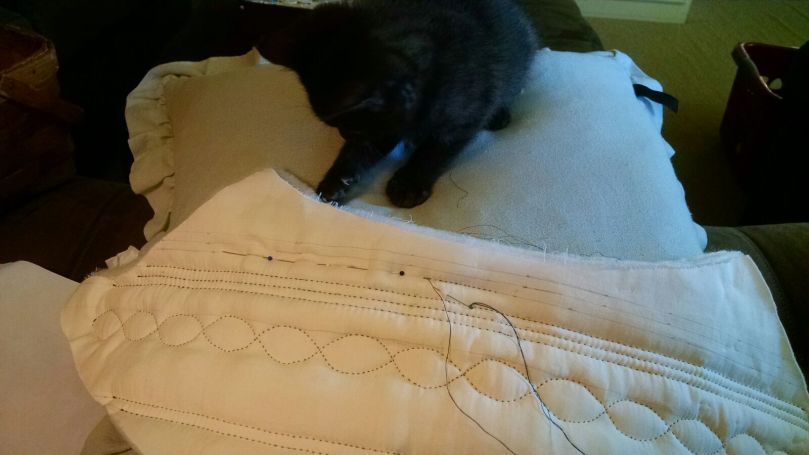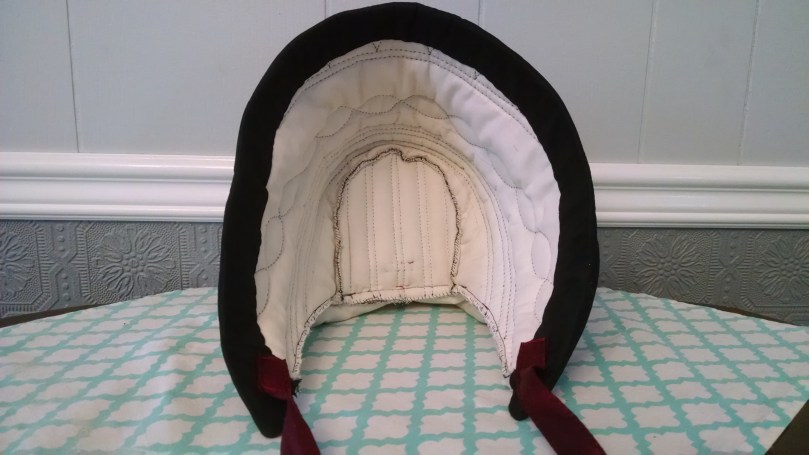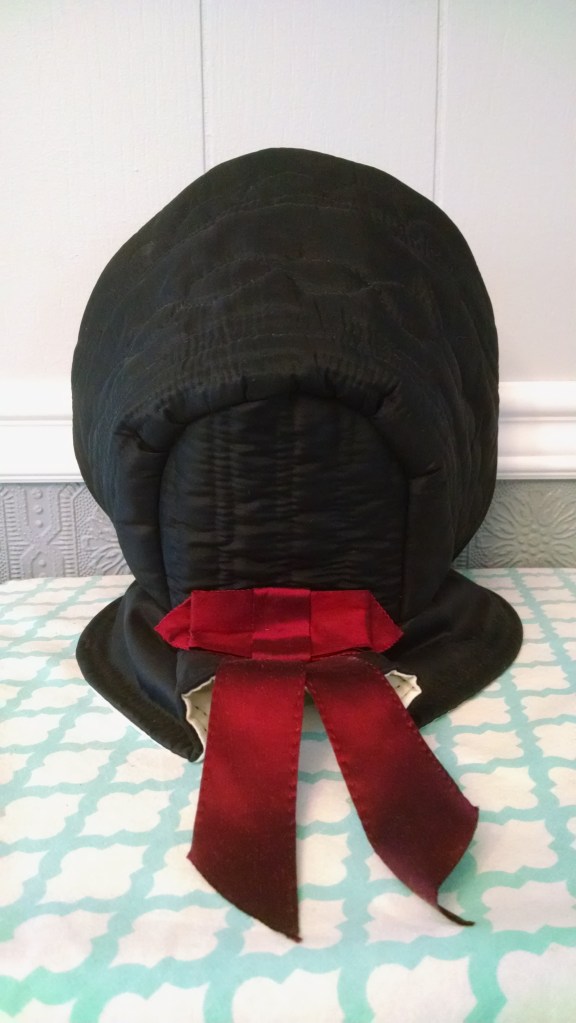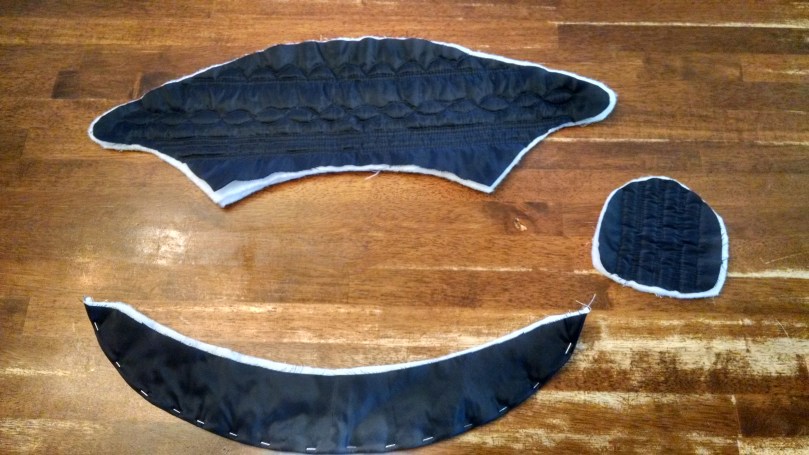Where to even begin?
I’ve lived with a variety of health issues for so long that I don’t even remember when they all started. When I was younger, I actually thought that everyone also lived in chronic pain and they were just better at hiding it than I was. I remember when I was around 12 years old standing at a trade show, marveling how everyone around me was able to stand without wincing in pain.
By the time I finally came to the realization that my experience wasn’t normal and was able to convey that to my parents I was in my early teens. Doctors simply assured me and my parents that it was just growing pains and I’d age out of them (except even that explanation only answered one of my symptoms, LOL). When that didn’t happen my mom took me to a variety of other specialists (mainly attempting to address the chronic joint pain), but nothing more came from it other than a measly pair of orthotics (worthless).
Adapting to my symptoms just became second nature: drink enough water, only eat certain foods, limit your exertion, don’t stand up too fast, rest every opportunity you can, don’t stand too long, don’t turn your head too fast. My family jokingly called me the “little old lady” or “granny” for how much my joints hurt and how I was always cold (my propensity towards knitting and rocking chairs didn’t help the stereotype). I’d have to take breaks in between washing a sinkful of dishes because my joints would hurt so bad and one time I honestly thought we were having an earthquake because my vertigo sent the room spinning so badly.
I continued pursuing my passions of working on our farm, hiking and backpacking, and historical reenacting. I think part of me still just accepted the pain as normal. Plus, there didn’t actually seem to be anything physically wrong with me and doctors said I was fine so I must be, right?
Eventually by 2018 things had gotten bad enough that simply attempting to manage my symptoms wasn’t enough. I went to my GP and they ran a bunch of bloodwork, including, at my request, a test for Lyme disease. I had done some cursory research and really felt like my symptoms of chronic pain, GI issues, crushing fatigue, and balance issues (plus others) matched up. The PA acted rather incredulous, but ordered the test, almost as if she was humoring me. I remember being scared it would come back positive, but also, I was pretty sure it would. When the test came back negative I was honestly surprised and upset that I didn’t have my answer. The PA assured me that since the test was negative there was “zero chance” I had Lyme. Little did I know how wrong that was.
The PA diagnosed me with a slight vitamin D deficiency and promised that a vitamin supplement would fix all my problems. It didn’t, so I made an appointment with the main doctor and brought my mom as back up. I felt like no one was listening to me or taking me seriously enough.
To her credit, she did listen and put in a referral for me to see a rheumatologist. In the meantime, she started me on physical therapy. That summer I was working 2 part time jobs for a greenhouse and a flower farm. I’d come home after work and physical therapy so exhausted that I would literally fall asleep on the floor.
Due to insurance woes I only met with the first rheumatologist once before having to find a new one. She sent me to rounds and rounds of testing: x-rays, joint sonograms, bone scans, and more bloodwork. Nothing came back conclusive, so she started treating me for “generalized arthralgia”, or, in other words, “general pain in a joint” (no duh).
Her working theory was that I had rheumatoid arthritis, but it wasn’t developed enough to show up on testing. The treatment involved trying rounds of different pain killers and immunosuppressive drugs until one “stuck”. This, as it may be apparent, was a terrible idea, but I was still in my “trust the doctor and just do what they say” phase and I was eager for any kind of relief. Unfortunately, all these various drugs did was make me incredibly sick to my stomach, to the point where I couldn’t eat any food without getting instantly sick. I lost too much weight and none of my pain was mitigated. I had a reaction to one of the drugs that sent me to the ER, but I followed my doctor’s insistence that we just had to keep trying to find one that worked.
August 2019 would be my last appointment and I had to bring a bucket with me as I drove there because I was so dizzy and nauseous. I told the doctor that none of these drugs were working and I still didn’t even have an actual diagnosis. I asked her what else we could do besides trying another random litany of drugs. She told me I had “fibromyalgia” and the only other thing we could try was injections of methotrexate. If I didn’t want that (and she strongly advised me that I should), then there was nothing she could do and I shouldn’t come back. So I didn’t.
The next 2 years involved long-distance dating my husband, buying and moving into our house, the craziness of 2020, getting engaged, and getting married. Moving into my own house made it a bit easier to alter my own diet and I tried cutting out various things in a desperate attempt to curb my chronic nausea, pain, and fatigue. I also learned more about the household products we use every day and started removing harsh cleaners and artificial fragrances from the house. None of it by itself solved anything, but I do think those are important pieces of the puzzle.
The summer of 2021 I was listening to a homesteading podcast that interviewed a wellness practitioner who claimed to have healed her own fibromyalgia and chronic fatigue syndrome. She specialized in Epstein Barr Virus, a virus that actually a large percentage of the population has been infected with at some point, but for some individuals it becomes a chronic active infection. Her description of the symptoms seemed to line up, so after doing a bit more research, I signed up with her wellness program.
They ordered a litany of tests including a hormone test, gut microbiome test, food sensitivity test, and the Epstein Barr test. The EBV test came back negative, which was extremely discouraging, especially since the other tests seemed to show that something was off with my body.
Again, I asked if it could possibly be Lyme disease. I knew Lyme is known as “the great imitator” for how it mimics so many other conditions, and I’d learned more since the first test and knew that false negatives were a thing. I’d even had a Lyme-type bullseye rash at one point so I sent a photo of that to one of the doctors, but he never got back to me. One of the other doctors thought it might be a possibility, but she didn’t know much about Lyme and so we kind of just moved on from it.
I was put on many different herbal supplements and a very strict diet: no dairy, gluten, grains, sugar, tomatoes, lima beans, alcohol, yeast, cod, or eggs. It was very tough, but then they made it even tougher: absolutely zero carbs, like, zilch, nada. This was even more restrictive than a Keto diet and it made me extremely sick. I felt like I had the flu, my pain was even worse than normal, I was freezing cold, and incredibly nauseous and dizzy. I finally put my foot down and said this wasn’t healthy or sustainable for my body.
It felt like we were at a dead end of both answers and treatments. I told (not asked) my doctor, “I want a Lyme test, and I want it to be the test I want” (not the cheap inaccurate one). Thankfully she listened to me and agreed. The only issue was, my doctor didn’t know much about Lyme or which specific test to order. I didn’t want to pay the thousands of dollars to get the whole panel of testing, especially since I knew that some of the tests were only for early stage infections, and mine was obviously not. I did a bunch of research, and probably annoyed David with all of my waffling back and forth. I finally settled on the Igenex Immunoblot IgG, and prayed that it was the right one.
Before traveling to Cleveland for the test, I went to an infrared sauna, essentially in an attempt to make the bacteria angry so I’d have a stronger immune response for the test to pick up (that was the theory at least). I also rested less because I was so anxious and ready to just hurry up, get it over with, and know already. We drove to Cleveland on May 3rd, and had the quickest, fastest, most painless blood draw ever.
After we got back home I felt like absolute garbage, and I anxiously checked my email for the results every day. Finally, on May 16th (a day I’ll never forget) I got the results email. It was positive. Five years after my first Lyme test, and over 15 years after I started noticing symptoms, I finally have at least one answer.
Honestly, I wasn’t surprised at all by the results and seeing the positive test actually gave me relief. Even though I know chronic Lyme is quite tricky to treat, I’m thankful that at least now I know what I’m up against. It’s validating to know that it’s not “all in my head” and to finally have a name for my symptoms besides “I constantly feel like garbage”.
I’m very grateful to my mom for harassing *cough*, I mean encouraging me to keep advocating for myself. Chronic illness definitely requires a lot of that from you. And I can’t thank my friend and fellow Lyme warrior, Hannah, enough for her incredible Lyme advocacy and support. Without her I don’t think I would have known enough about Lyme in order to pursue further testing, and she’s just been incredibly understanding and kind.
Most importantly, I have to thank my husband David. From when we first started dating he prayed for my health daily. He’s been there on the mornings I’m so sore I can’t get out of bed, when I’m so nauseous I can’t eat, when my heart rate is going haywire and I can’t stand, when the depression of living in constant pain becomes unbearable. I wouldn’t have gotten a diagnosis without him insisting we do everything we needed to in order to find a doctor and testing. We still have a long road ahead of us, but with him by my side I know I can get through it.
I share all of this not for your pity and not to petrify you of ticks (but no, seriously, check yourself for ticks). I just want to share this journey to encourage others who are going through the same thing. If you’re also experiencing chronic illness, I believe you and I know you’re not making it up. And maybe this journey can be a little less lonely if we walk it together.
-Michaela


